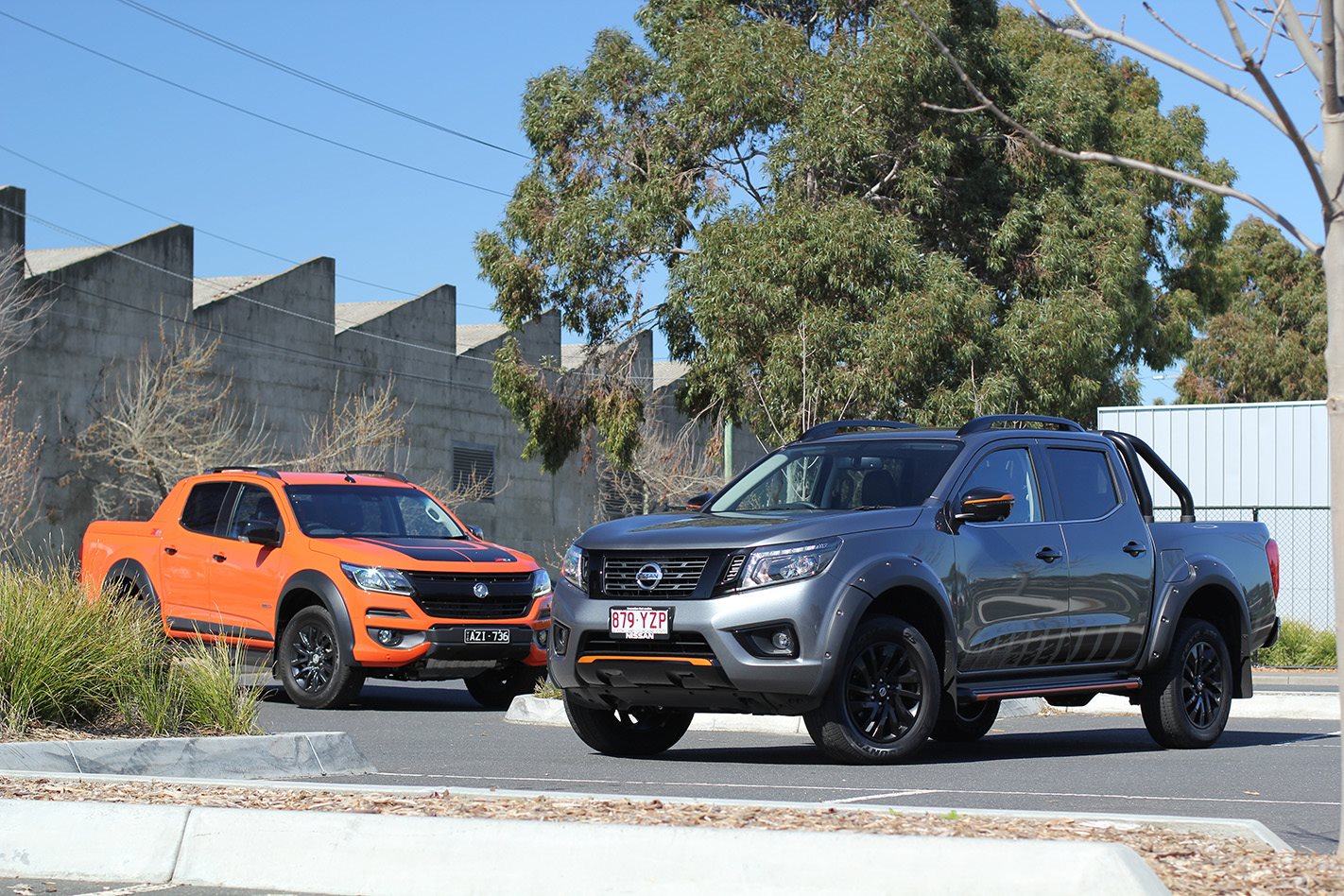
In case you haven’t noticed, dual-cab 4×4 utes are one of the major forces keeping new car dealers afloat these days. Why? Versatility. For a machine that can be both a workday hack for tradies and business owners as well as a weekend adventure wagon, it’s pretty hard to beat a high-riding ute.
The thing is… they can look a bit dull in standard-issue form. Those that don’t want to look like they’ve borrowed the company’s ute for the weekend will spend thousands to add some personal touches to their ute, but what about those who want something that looks a bit more adventurous than the typical 4×4, but can’t be bothered scrolling through aftermarket parts websites to make it happen?
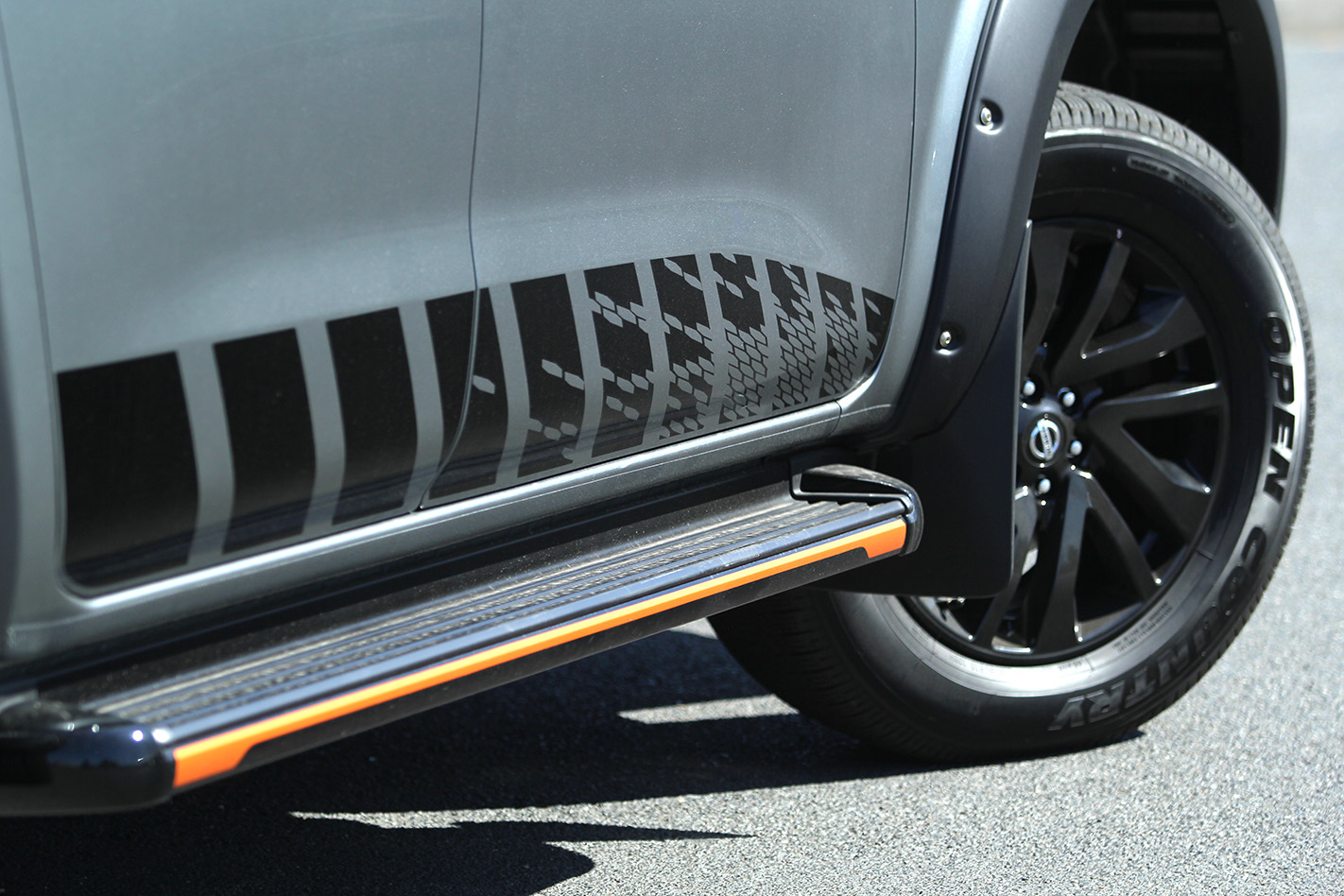
Enter Nissan and Holden. Both have wheeled out pre-tweaked versions of their Navara and Colorado utes (and they’re not the only ones either), with plenty of stickers, fat fenders and bolt-on bar work to differentiate them from their cooking-grade stablemates. How do they compare?
HOW AFFORDABLE ARE THEY?
Nissan Navara N-Trek
With a seven-speed automatic sitting behind the twin-turbo diesel 2.3-litre, the Navara N-Trek commands a $58,950 sticker price. That’s substantially less than Ford’s Ranger Wildtrak 3.2-litre auto and the Toyota Hilux Rugged X 2.8, but nearly $2000 more than the Colorado Z71 it’s up against here.
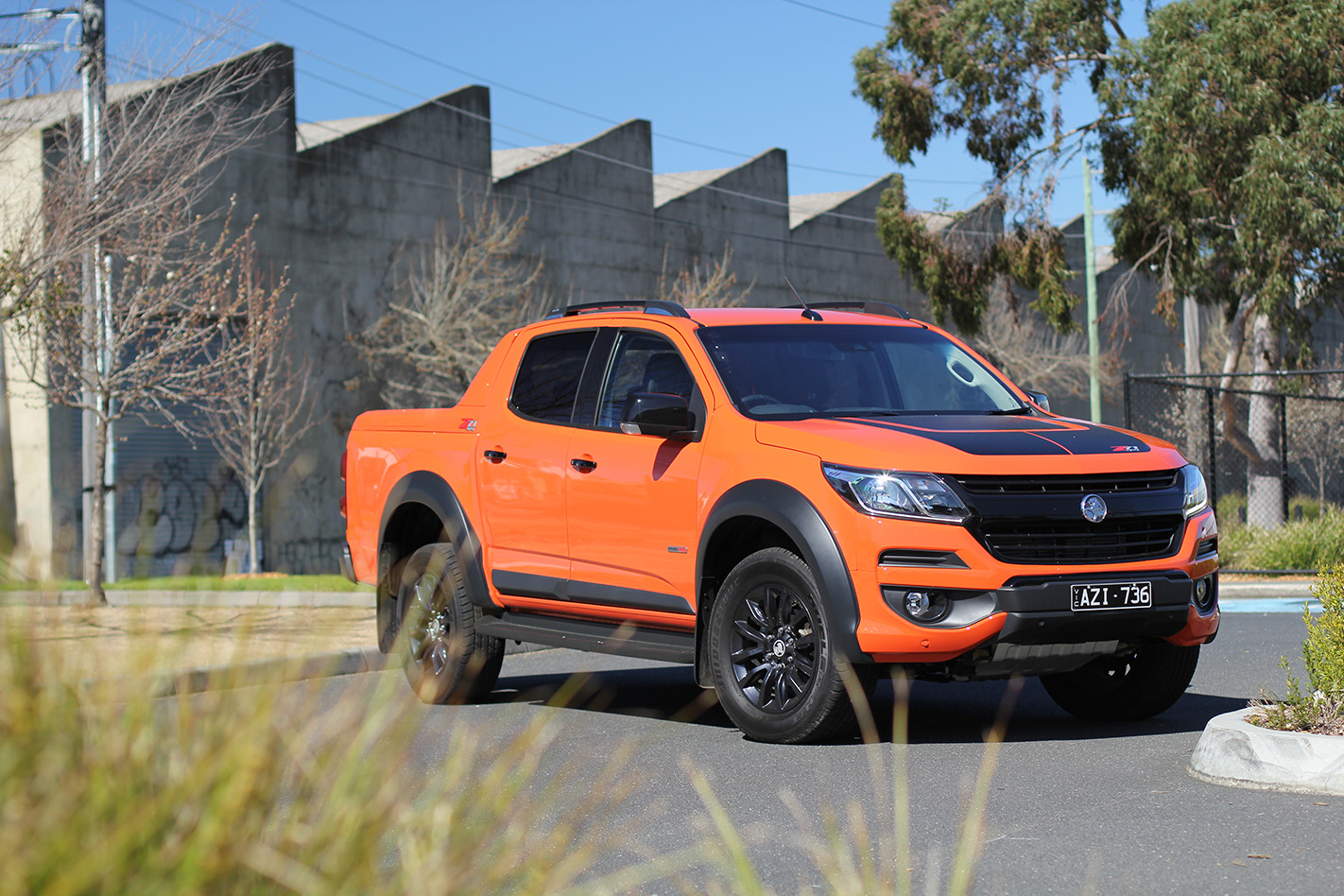
Holden Colorado Z71
Priced at $57,190, the Colorado Z71 wins the value argument when it comes to brawny-looking utes. Is it cheap? Hell no. Does it mean you don’t need to spend that much on aftermarket accessories to make your work ute look more like a Tonka truck? Hell yes.
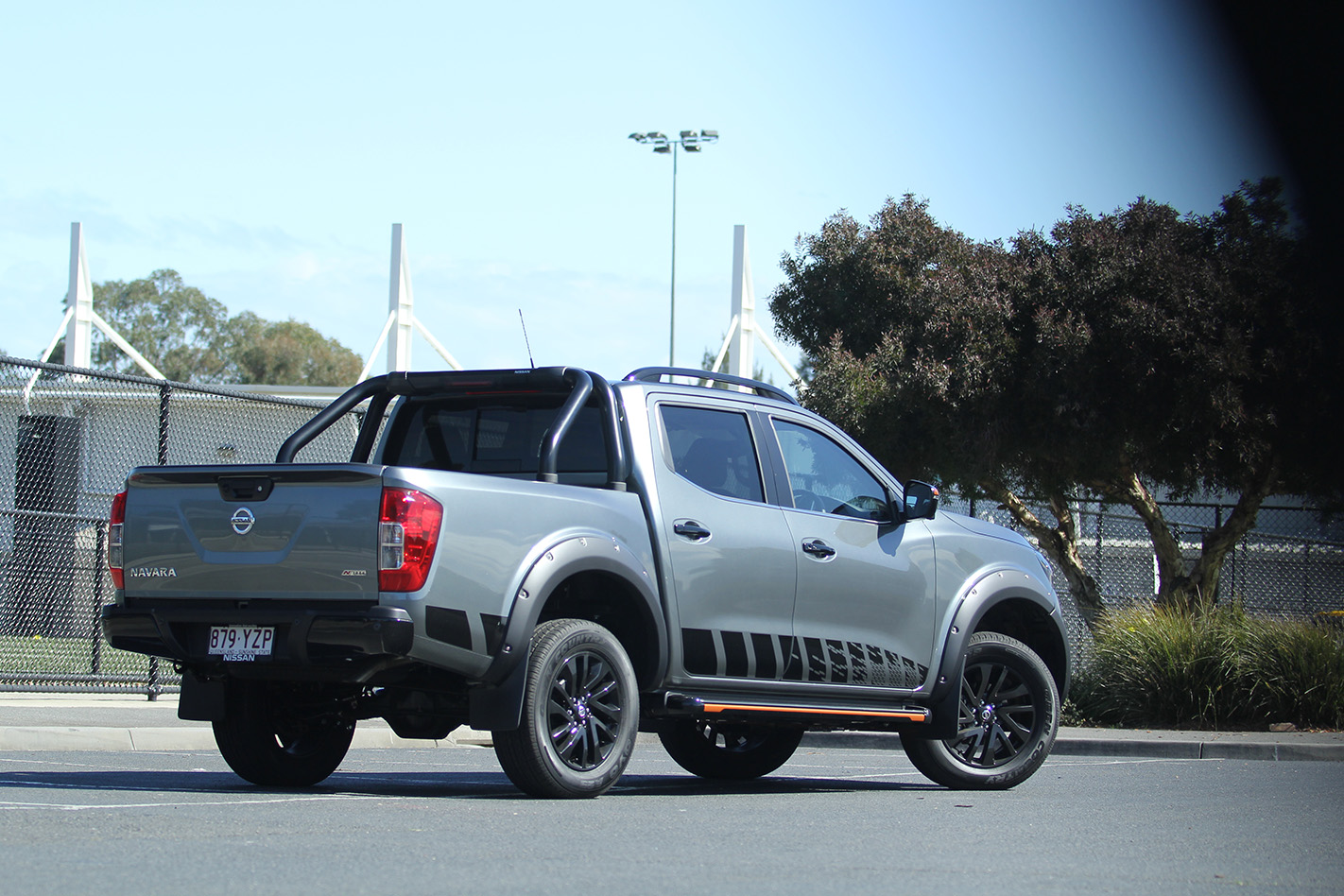
HOW PRACTICAL ARE THEY?
Nissan Navara N-Trek
It’s a ute so practicality is paramount, but we still get the sense that its design could be better resolved.
Besides an aesthetic that’s properly dated, there are some functionality missteps to the Navara’s cabin, with the biggest being the shallow tray at the base of the centre stack. It seems like a good place for a phone and keys, but the slippery hard plastic and curved sides don’t do much for containing whatever’s placed within it. On the other hand, if you look at the Colorado there’s no oddment storage space in that area at all.
Better than nothing? We suppose so, but a non-slip pad would go a long way, and the same goes for the storage tray that’s atop the dashboard.
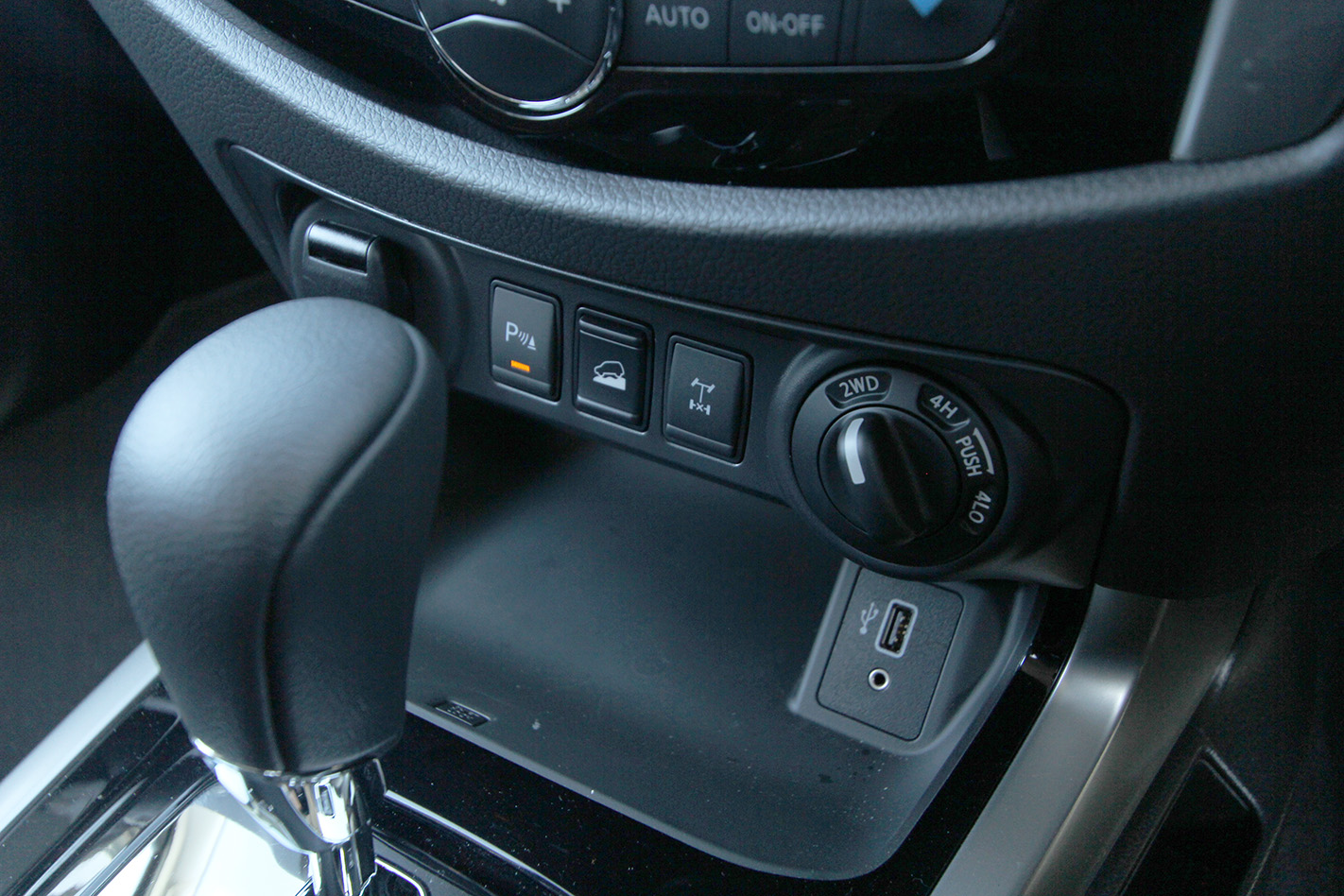
The pull-out cupholders under each side air vent are a nice feature and the rear seat base can flip up to permit the carriage of tall cargo within the cabin, but it’s the tub dimensions that are probably the most important practicality consideration for a ute.
In the Navara there’s plenty of room for your gear, with overall length of 1503mm and width of 1560mm in the plastic-lined tub, with 1130mm between the wheelarches – not quite enough for an Australian standard pallet, but enough to slide an ISO pallet between them. There’s also a heavy-duty alloy rail on the side walls that carry a pair of moveable anchor points each, as well as four fixed tie-down points and a weatherproofed 12V power outlet.
Tow capacity is a claimed 3500kg on a braked trailer.
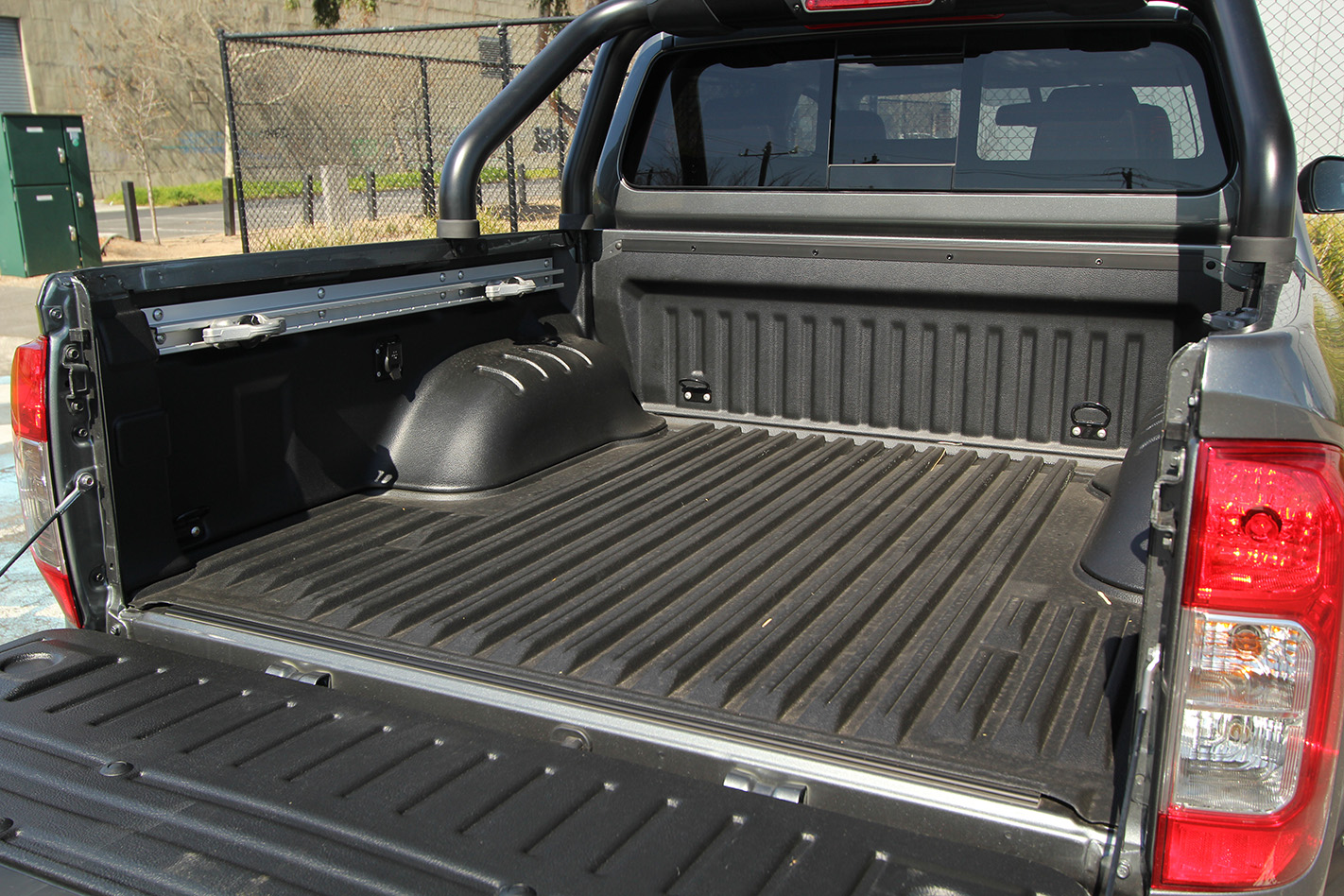
Holden Colorado Z71
The Colorado’s bed space isn’t as generous as the Navara’s with base dimensions of 1484mm long and 1534mm wide, with 1122mm between the arches and a depth of 466mm. It also lacks the breadth of cargo management options offered by the Navara, with just four fixed tie-down points in each corner of the tub.
That said, its spray-on bed liner feels more durable than the Nissan’s plastic cladding, and much grippier as well. With a 3500kg tow rating (750kg unbraked), it equals the Navara’s hauling credentials.
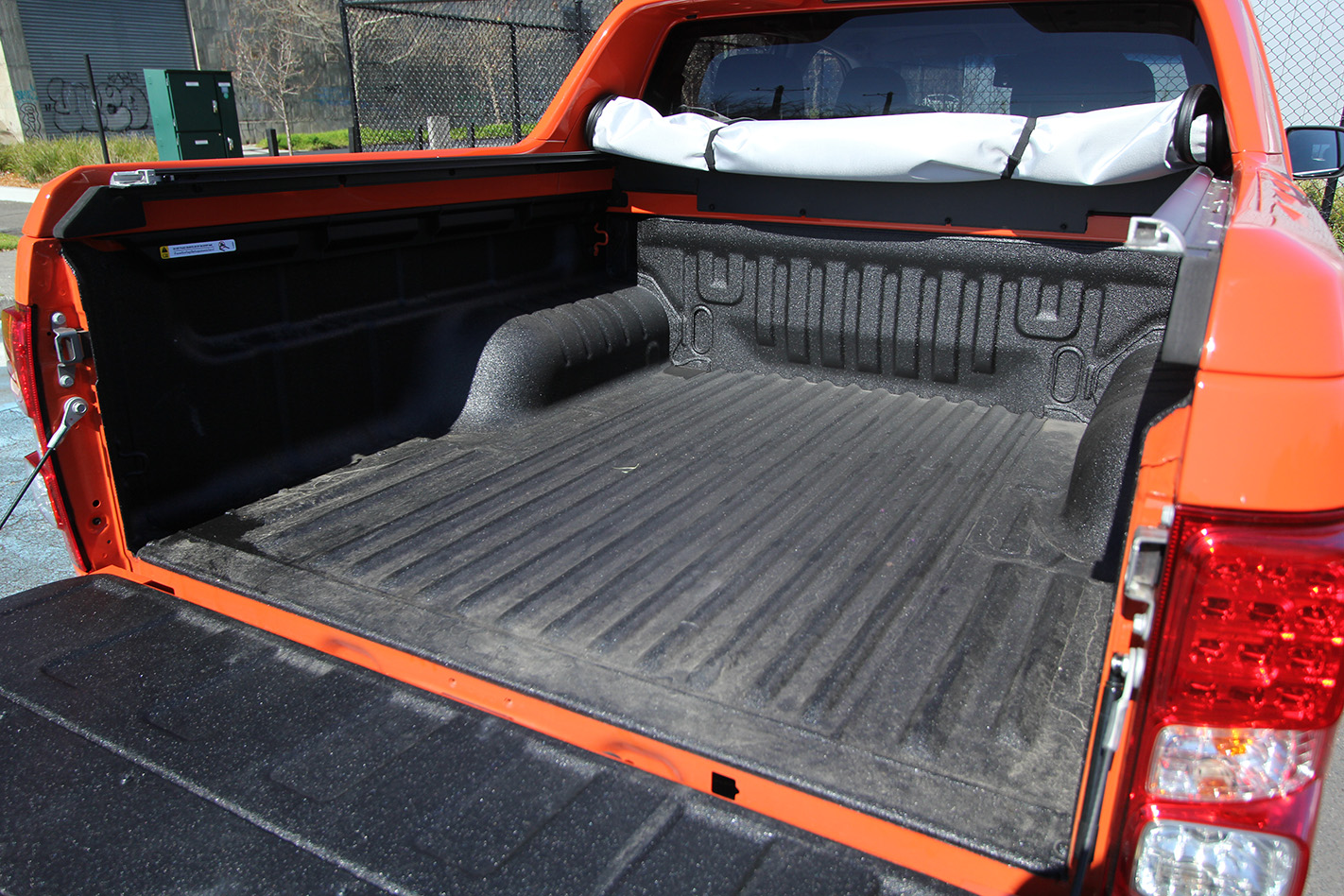
The Colorado performs the same trick with its rear seat, with it hinging up against the backrest to generate some sizable in-cabin storage, and it produces a slightly bigger space than the Navara. However, in the front of the cabin it fares slightly worse, with a smaller dash-top oddment tray and no centre console tray storage at all – just the lidded armrest bin.
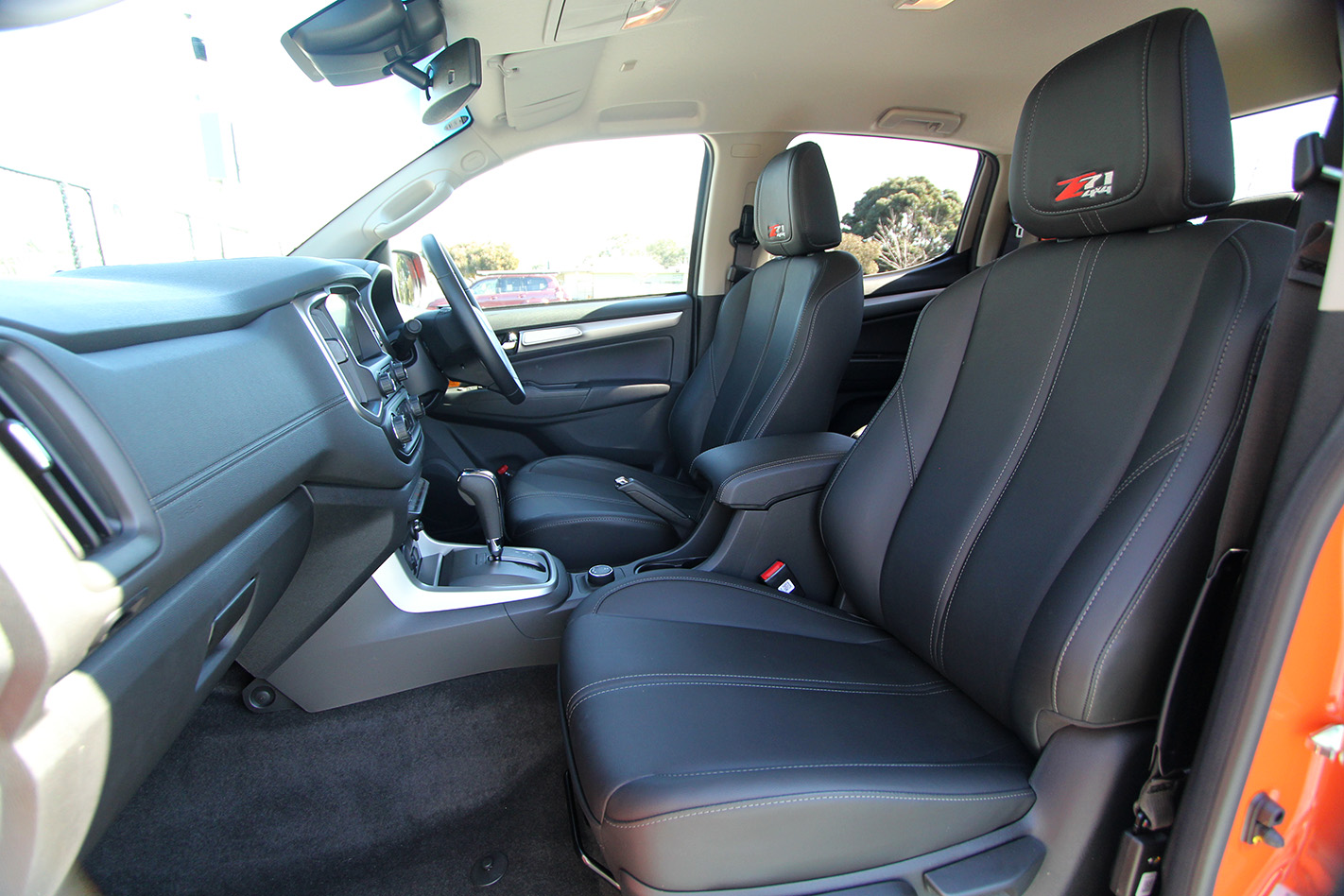
HOW SAFE ARE THEY?
Nissan Navara N-Trek
The Navara dual-cab has a five-star ANCAP safety rating, with an overall score of 35.01 points out of 37. It’s equipped with dual front, front side, full-length curtain and a driver’s knee airbag as standard, along with a nifty 360-degree camera view, but like many utes there’s no autonomous emergency braking system on offer.
Holden Colorado Z71
All Colorado variants wear the same five-star ANCAP score, with a slightly lower numerical score of 34.89 out of 37 points. Its airbag suite is the same as the Nissan Navara, but it only boasts a rear-view camera and front/rear parking sensors– not a Navara-equalling surround-view system.
On the flipside it has a forward collision warning (but not AEB), as well as lane departure warning – two things the Navara N-Trek lacks.
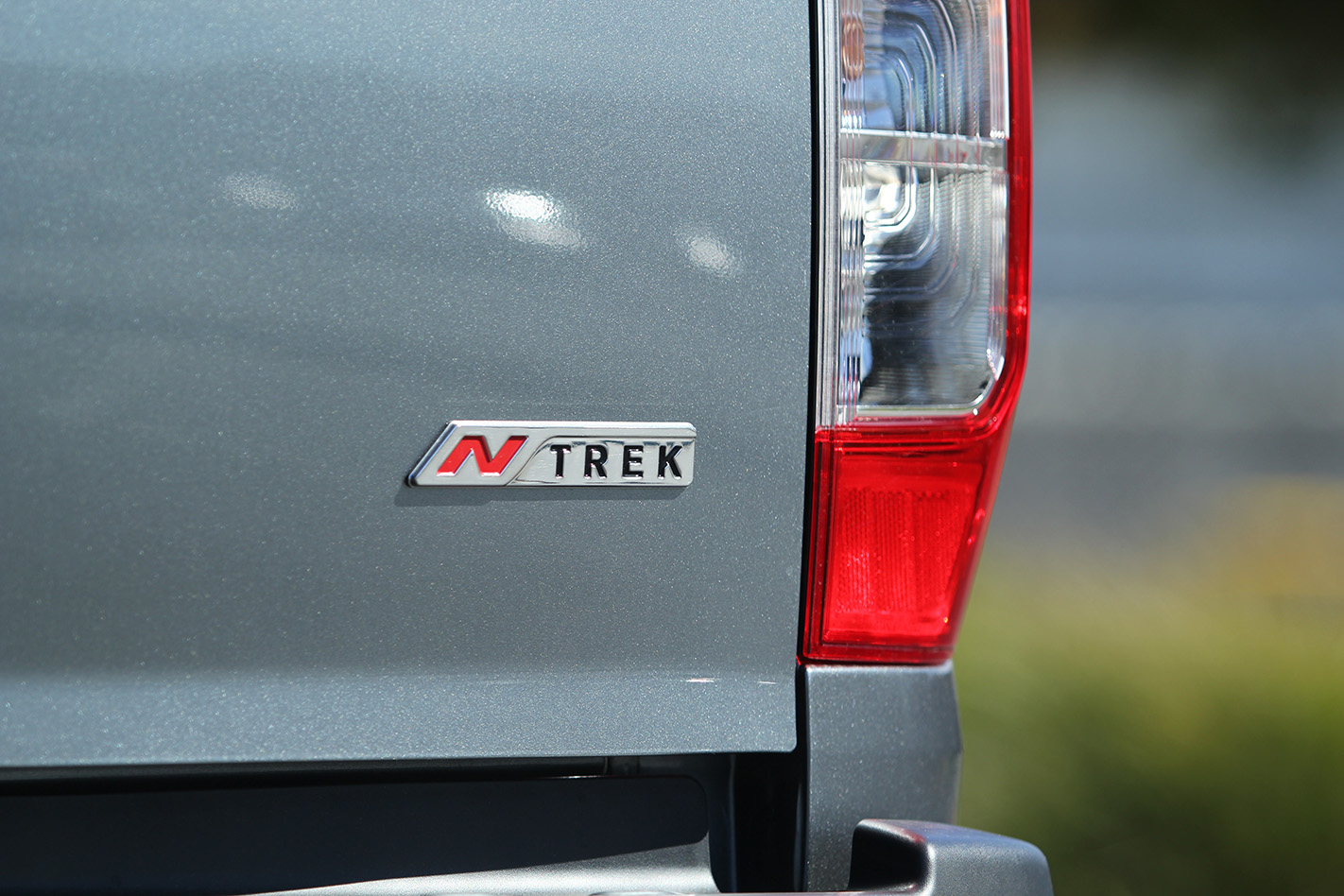
HOW COMFORTABLE ARE THEY?
Nissan Navara N-Trek
Heated front seats and a power-adjustable driver’s seat get the Navara off to a good start, but a tilt-only steering column continues to limit its ergonomic flexibility – as it does in most other utes, including the Colorado – and is further hampered by flat, unsupportive cushions.
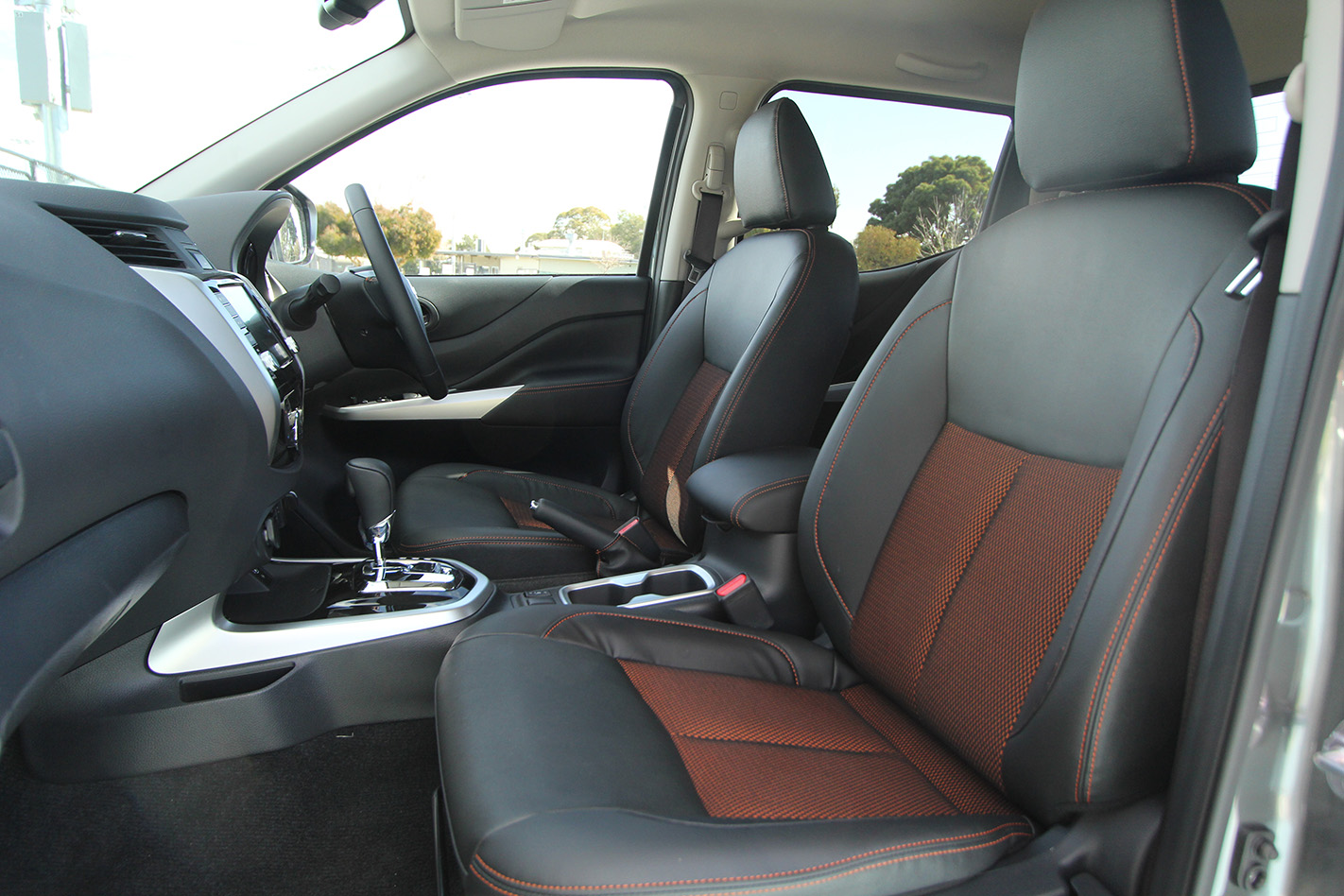
Those in the Navara’s back seat should at least enjoy the air vents on the back of the centre console, if not the fairly generous proportions of the rear bench which make carrying three adults in the rear a viable option.
The Navara N-Trek comes with coil springs suspending each axle. One would reasonably assume that a coil-sprung rear suspension would provide greater comfort than the more common (well, for utes anyway) leaf-sprung setup, but the Navara doesn’t seem to enjoy any substantial advantage in that department, and in fact, rides poorly when asked to deal with lumpy roads at a fast pace.
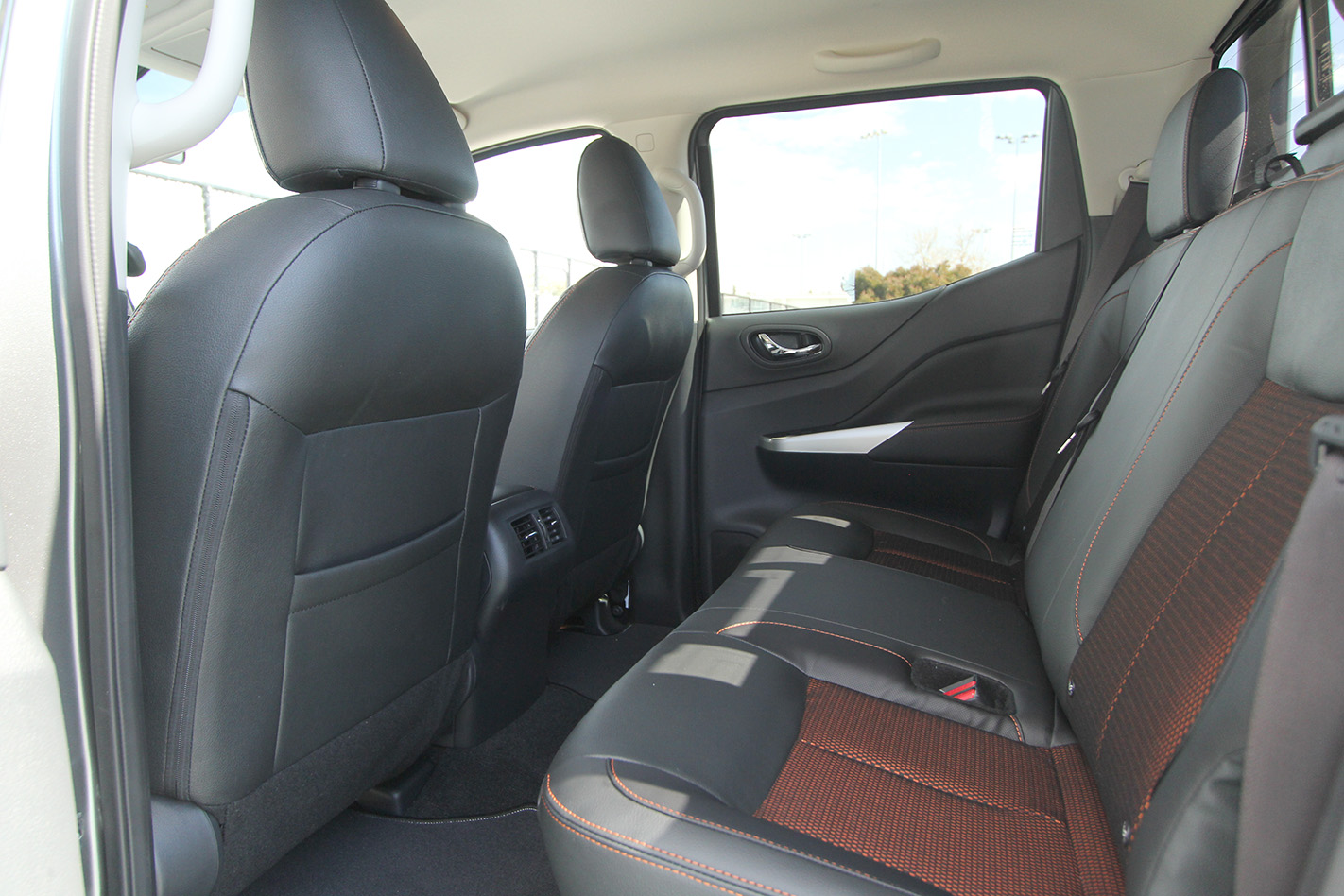
Holden Colorado Z71
The Colorado’s pleather-clad front seats don’t feel as nice as the Nissan’s partial-cloth upholstery, but they’re better contoured and offer much better support. The Z71 logo emblazoned on the headrests are a nice touch too.
Its design is more cohesive than the Nissan as well, with a more attractive dash and better integration of infotainment elements and ventilation controls. What isn’t so good is the way the centre console bin shroud’s the rearmost cupholder, making it hard to retrieve beverages one-handed.
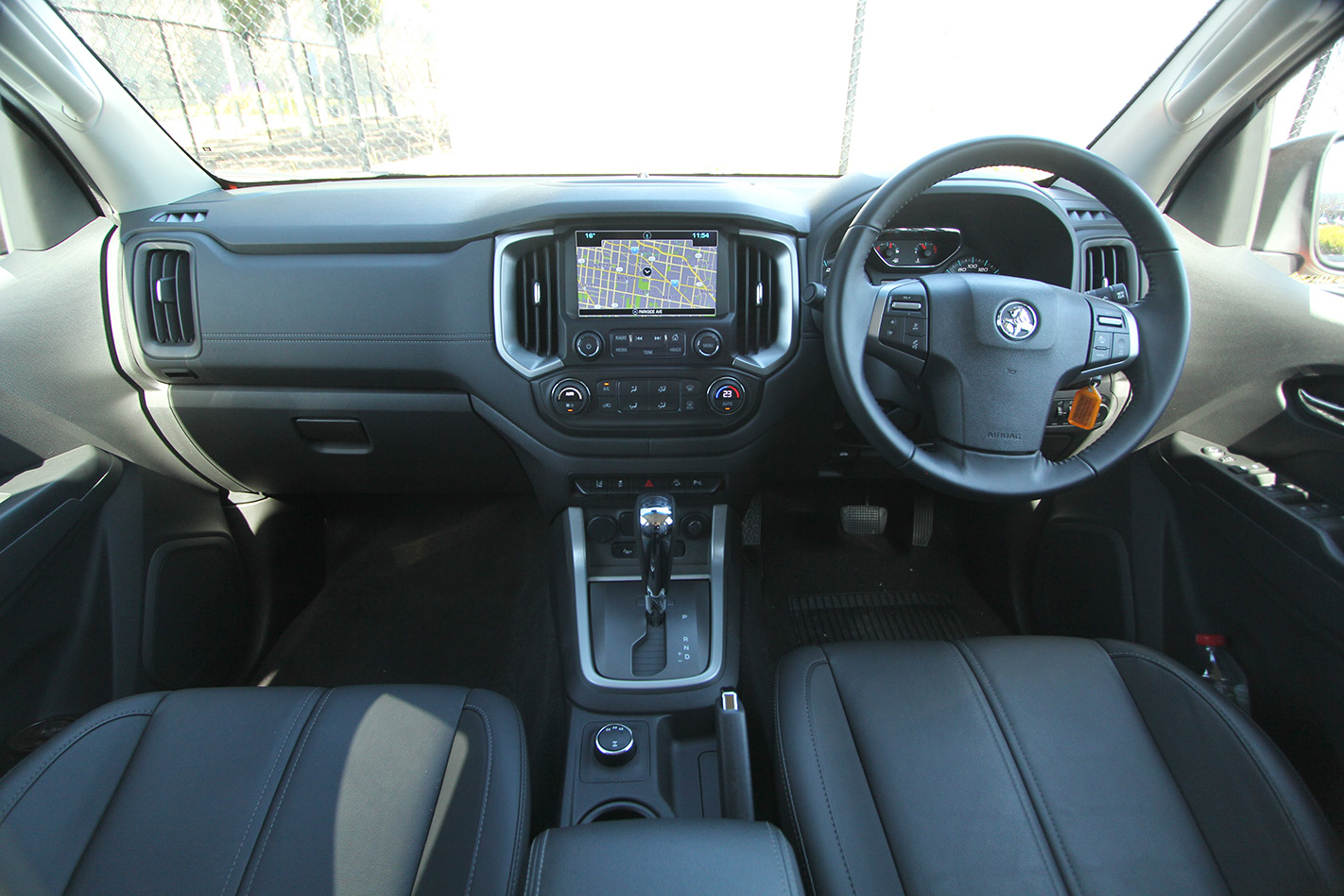
The lack of rear air vents is another negative, though the Colorado’s rear bench is at least deeper and offers better under-thigh support – and crucially, a headrest for the centre passenger.
Ride comfort is a highlight, thanks to intelligent damping that offsets most of the ride compromises of a traditional leaf-sprung rear suspension. While many utes send big shudders through their chassis over harsh speedbumps, the Colorado tends to float more serenely over them.
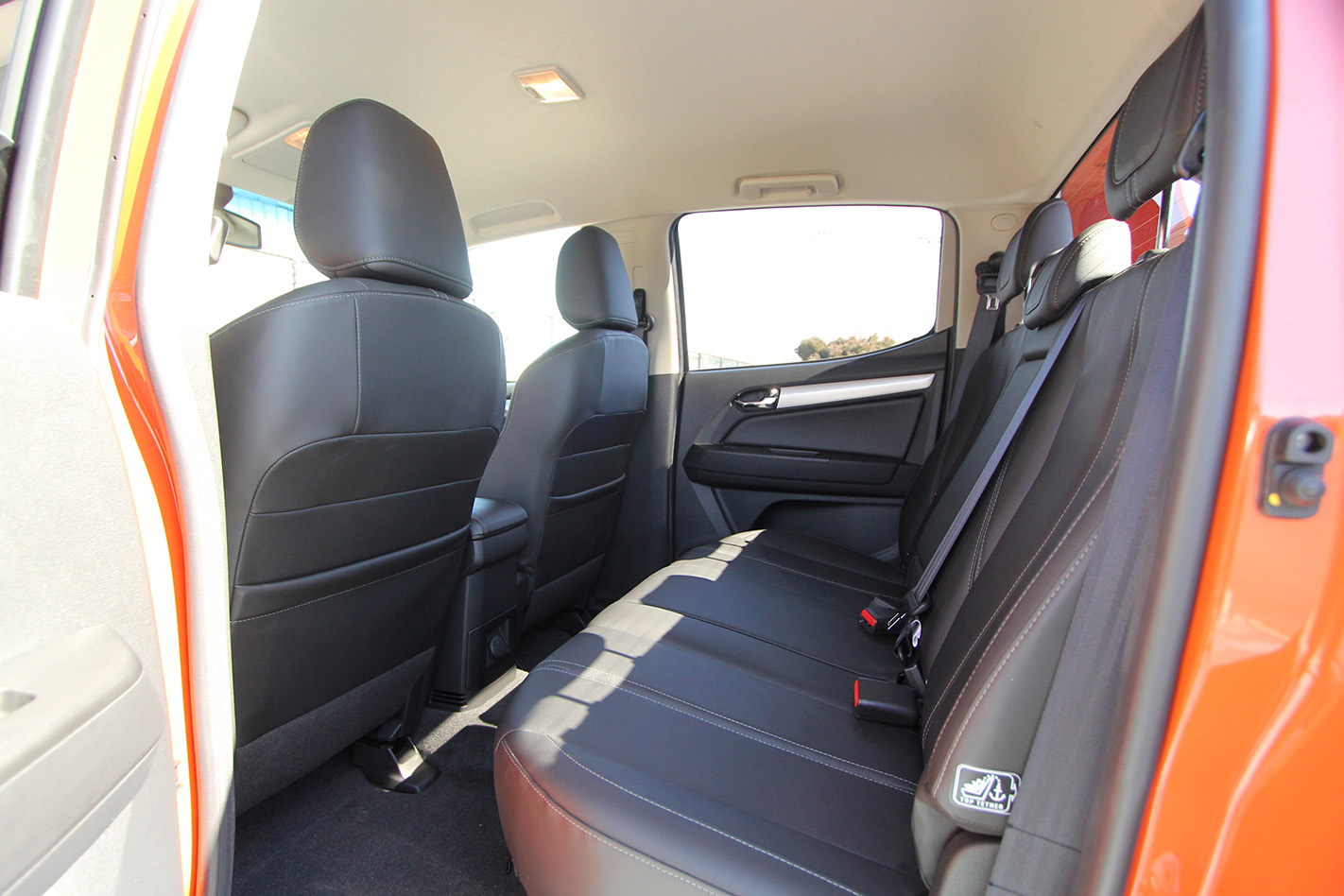
WHAT ARE THEY LIKE TO DRIVE?
Nissan Navara N-Trek
We mentioned the ho-hum comfort of the Navara’s coil-sprung rear suspension, and that back axle’s shortcomings also extend to its on-road prowess. The reasonable assumption would be that coil springs would confer a more civilised and sophisticated edge to this ute’s handling, but to be brutally honest it doesn’t feel like it has any great advantage – if any – over a leaf-spring setup.
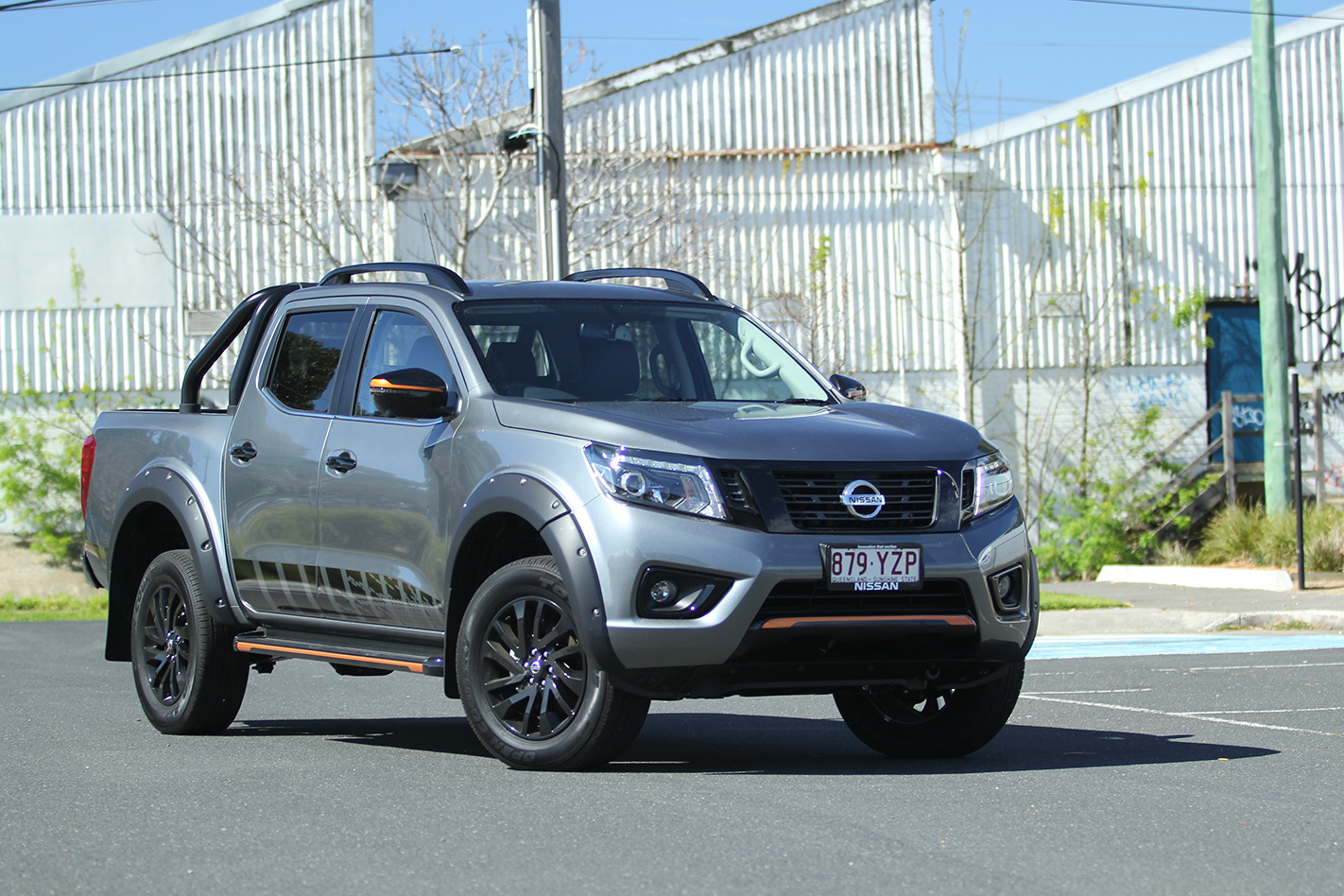
Its twin-turbo 2.3-litre diesel also sounds sophisticated, but from behind the wheel there’s little discernible advantage given by the layout. However, unlike the coil springs, the engine masks its abilities by being so smooth and unintrusive. The turbos quietly do their thing, extending the torque band and enhancing driveability without being noticeable. Coupled with the smooth seven-speed automatic, the Navara has an easy-going nature that makes it swift and assertive both around town and on highways.
Holden Colorado Z71
The Colorado’s 2.8-litre turbo diesel may clatter like a truck, but its muscular low-rpm torque delivery makes it feel faster on its feet than the Navara and less reliant on gearing to get moving swiftly. Indeed, it outguns the Nissan on pure numbers with 147kW of power and 500Nm of torque, giving it a 7kW/50Nm advantage it peak output to offset its 70kg of extra weight.
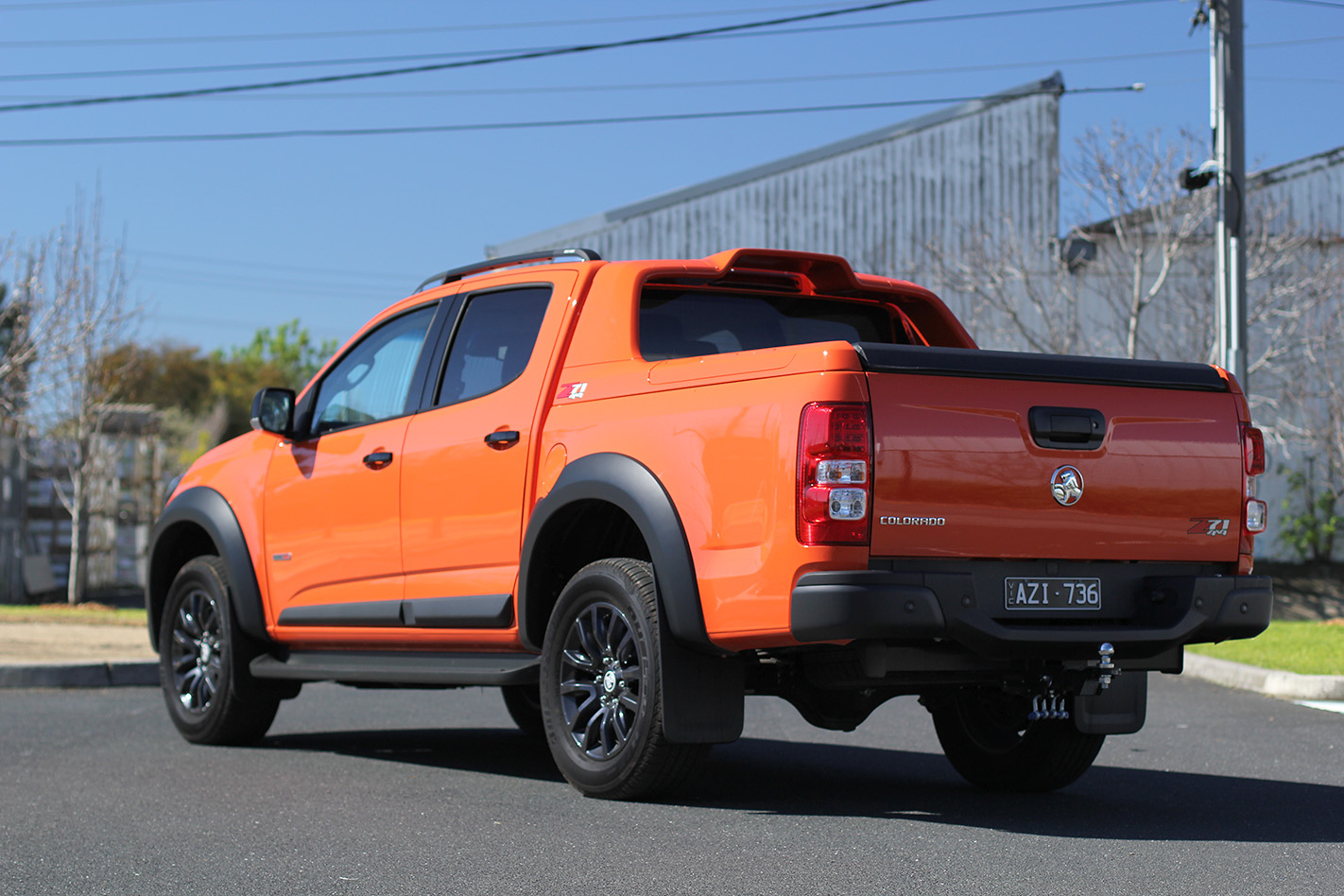
With six speeds in its automatic gearbox the Colorado is down a gear relative to its Japanese rival, but doesn’t really suffer for it out on the open road. Previous testing of mechanically-idential models by our partners at Wheels found the Colorado to be faster and less thirsty than the Navara, and those findings are backed up by our experience with them both.
It also handles better, with greater steering authority (though more wheel input required) and more confidence-inspiring grip when shown a corner.
OUR OPINION
This one is close, but the conclusion is still rather clear-cut: the Colorado Z71 wins. The Navara starts off with a slight price disadvantage, and with the Colorado delivering better performance, a better driving experience, superior seats and a more attractive cabin design, the Navara’s bigger tub and slightly longer standard equipment list aren’t enough for it to claw back a lead.
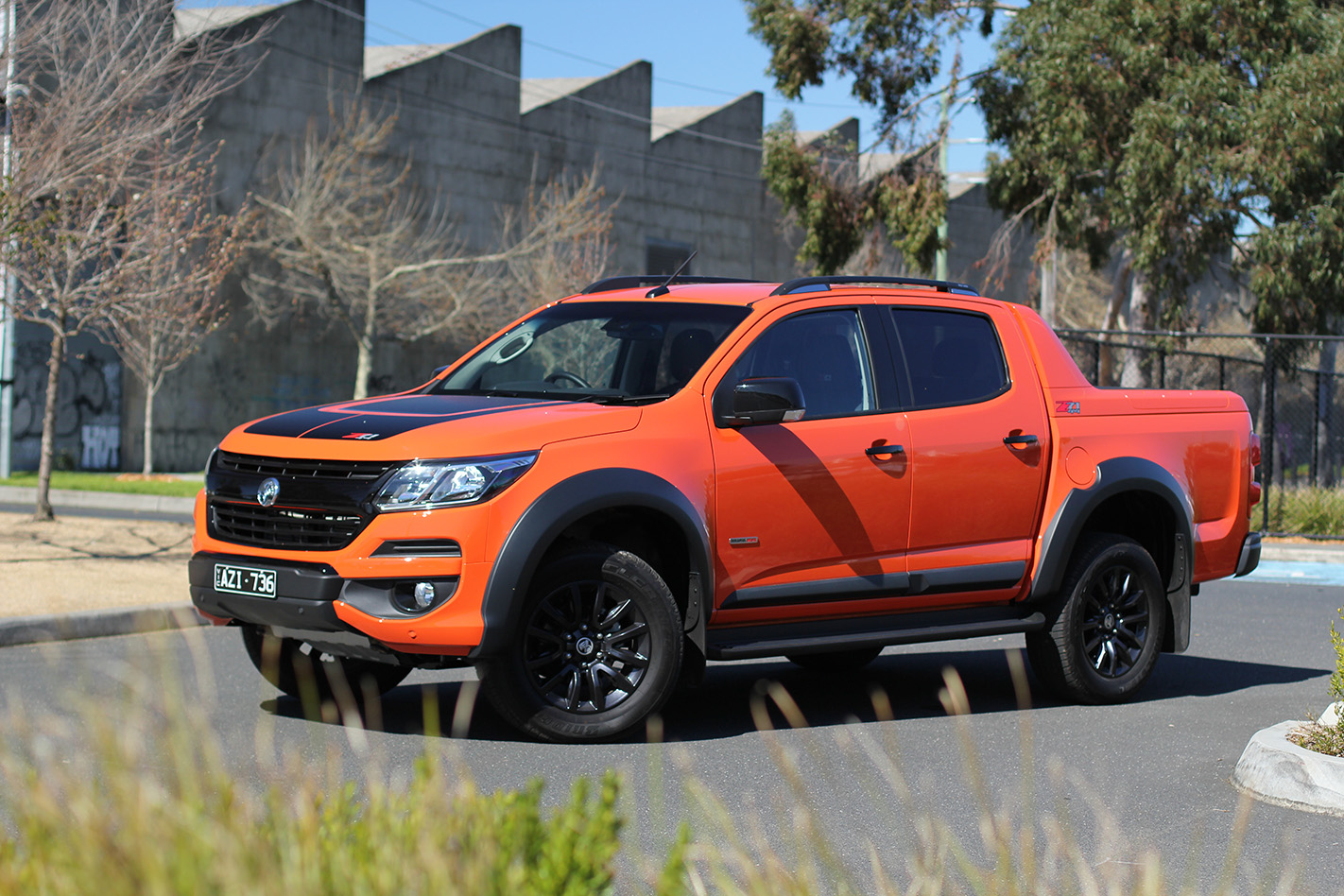
However, both resolutely deliver on the turnkey-tough-truck promise, and neither will disappoint anyone looking to stand out from the sea of white tradie-spec utes on Australian roads. In isolation the Navara is still a decent rig, but for those without a brand preference it’s the Colorado that comes out on top.



